Gift of John Douglas Gordon, Class of 1905.
Congratulations to Volker Schroder, Associate Professor of French and Italian, who was just awarded a David A. Gardner ‘69 Magic grant for the research and development of an exhibition celebrating Versailles and the tercentenary of the death of Louis XIV (1638-1715). Thanks to the Council of the Humanities and especially to our magic benefactor, Lynn Shostack. Prof. Schroder will develop “Versailles on Paper,” using prints and books in the Graphic Arts Collection, as well as rare books from Firestone and Marquand Libraries. The opening is scheduled for February 2015. A special issue of the Princeton University Library Chronicle is also planned.
Gift of John Douglas Gordon, Class of 1905.
Robert Nanteuil (1623-1678), Louis XIV, 1668. Engraving. 8/8. Inscription: Se, et ultimas licentiae Theologicae theses // vouet et consecrat. // Humillimus Subditus, Julius Paulus de Lionne.’ Graphic Arts collection GA 2005.01149.
Gift of John Douglas Gordon, Class of 1905
“On the 18th of April, 1651, the young Louis … paid his first visit to Versailles. He was then thirteen years of age, and had been king for eight years. He came to hunt in the woods, and … to sup at the chateau of his father, a building of moderate size, constructed on three sides of a court, with a pavilion at each corner, and surrounded by moats with stone balustrades. The site of that chateau and of its moats is now covered by the great central projection of Louis’s palace.”
“During the next ten years … [he] did little in the way of building or embellishment until 1662. From 1662 to 1669 he adorned the park and gave magnificent fetes there. In 1669 he decided to enlarge the chateau, but he was not to carry out his purpose without encountering opposition.”
“[Jean-Baptiste] Colbert was then superintendent of buildings as well as of finance, and Colbert’s hobby was the Louvre. He set himself resolutely against the king’s project, and did not hesitate to speak his mind. “Your Majesty knows,” he wrote to the king, “that apart from brilliant actions in war nothing marks better the grandeur and genius of princes than their buildings, and that posterity measures them by the standard of the superb edifices which they erect during their lives. Oh, what a pity that the greatest king, and the most virtuous, should be measured by the standard of Versailles.”
—from James Eugene Farmer, Versailles and the Court under Louis XIV (1905) Firestone DC126 .F23 1905
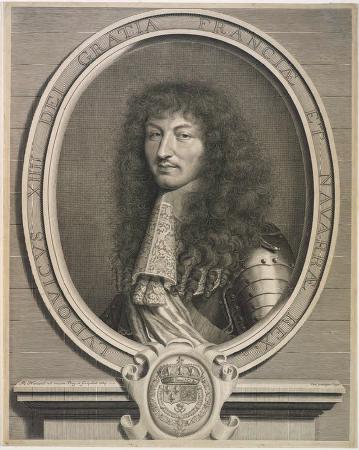
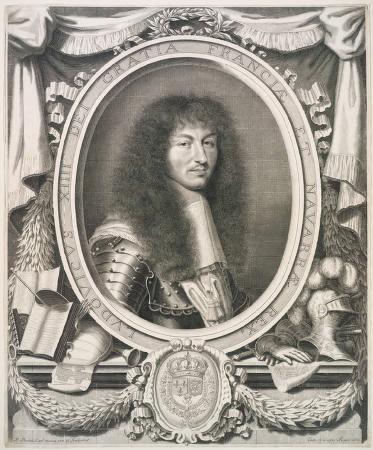
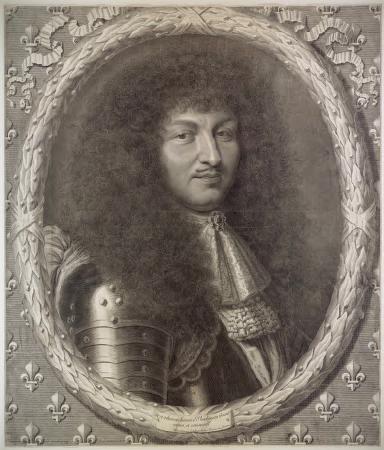
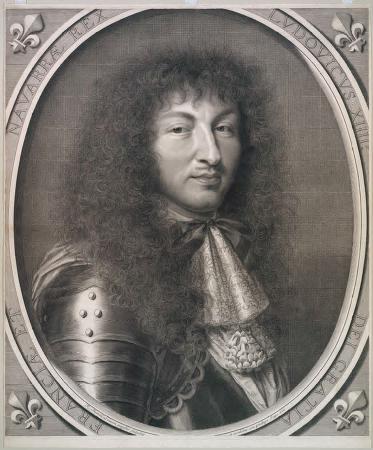
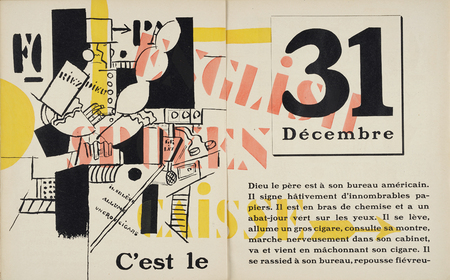
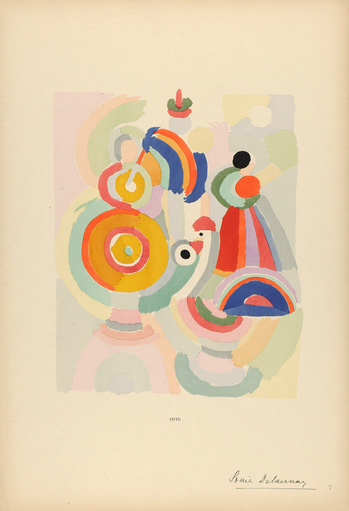
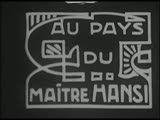
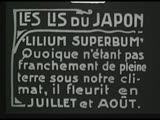

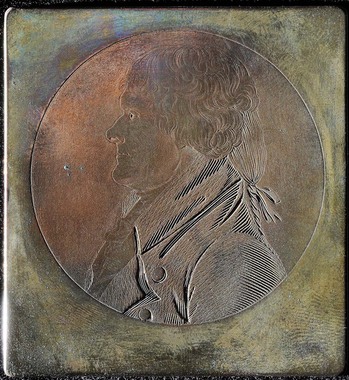
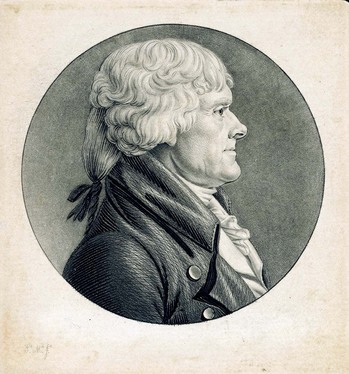
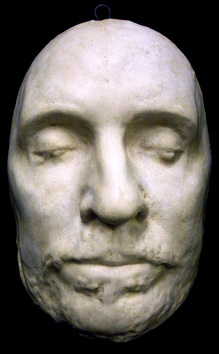
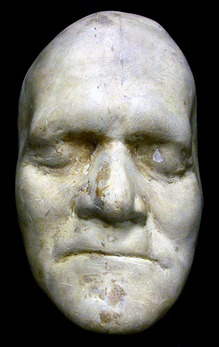
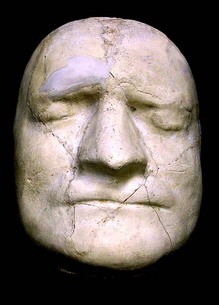
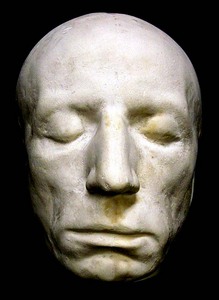
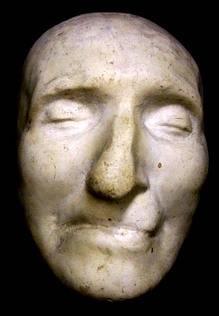
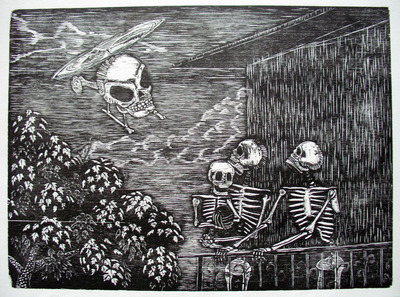
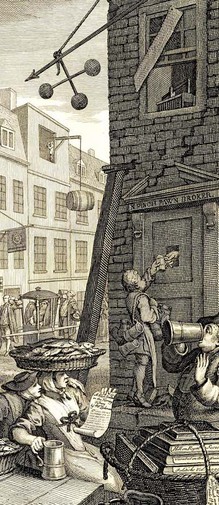
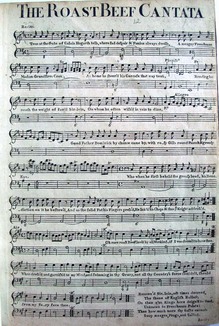
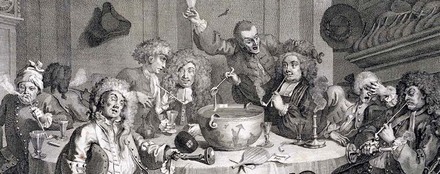
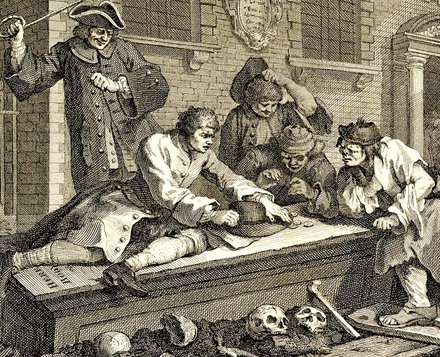
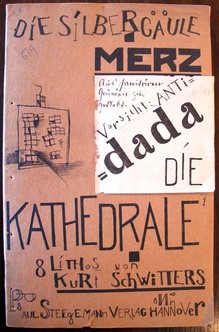
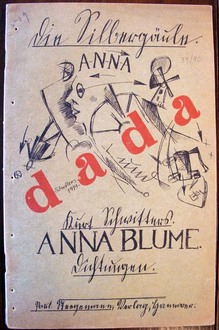
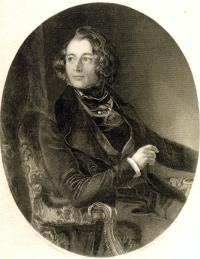
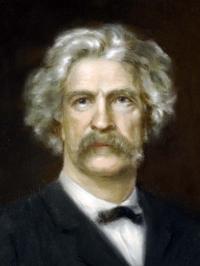

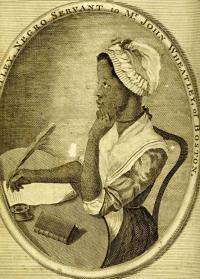
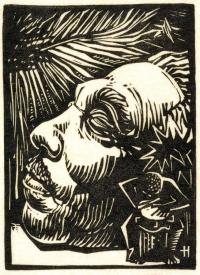
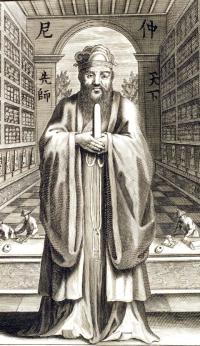
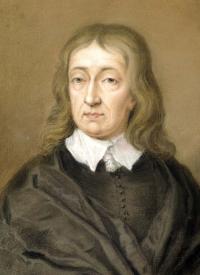
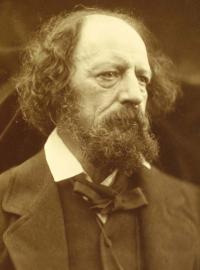
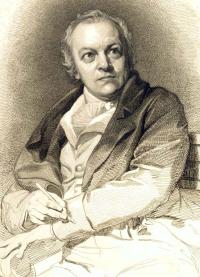
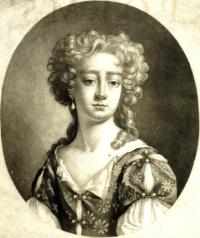
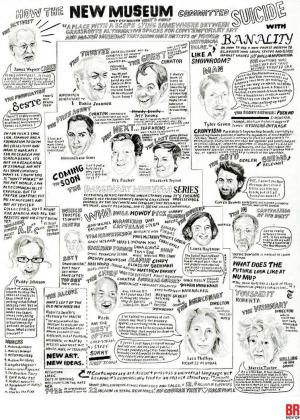
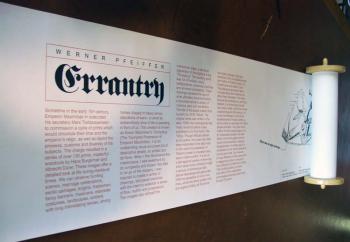


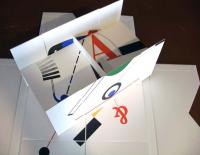
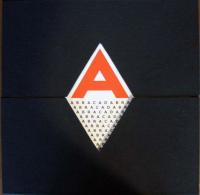
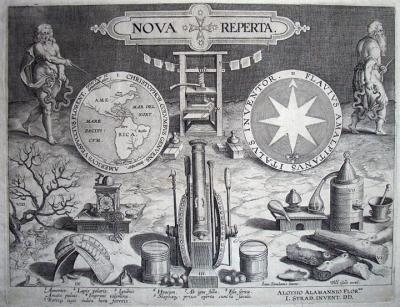
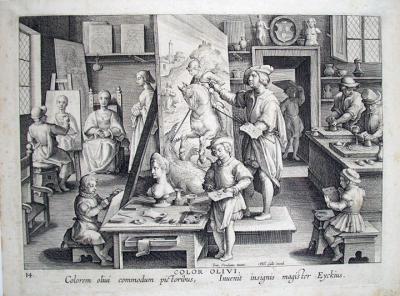
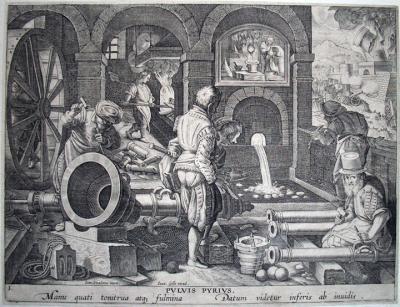
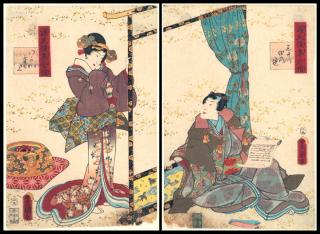
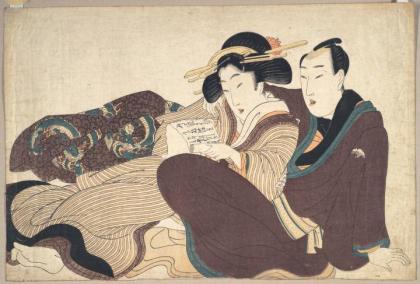
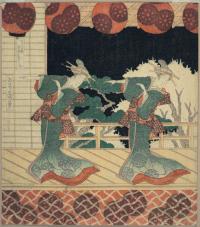
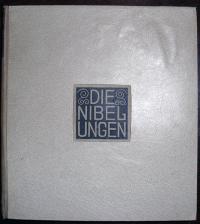
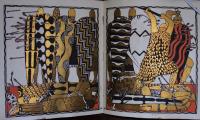
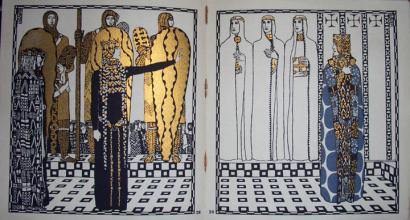
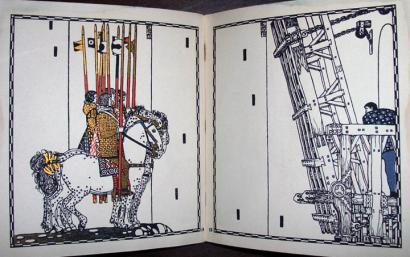
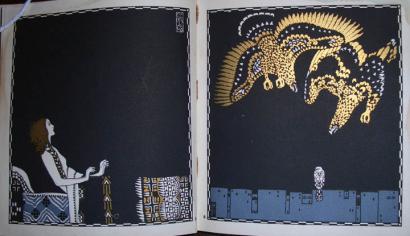
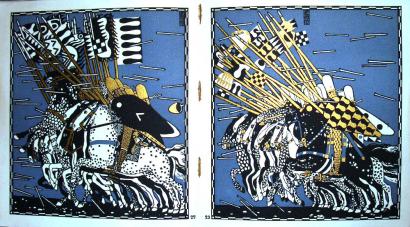
Recent Comments